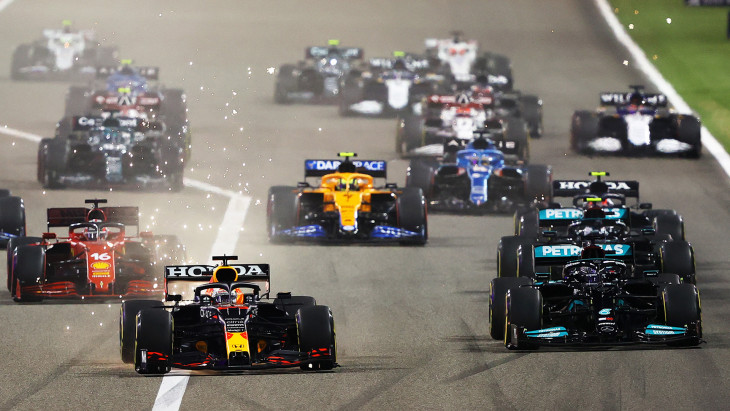Brace self for reformed F1 in new season
By People.Reporter, March 7, 2022The 2022 F1 is set to finally be flagged off after a long winter. But the racing gods were kind to fans, viewers and haters alike when it was finally time for the car launches. This year, in particular, has had fans waiting with bated breath due to the new rules being implemented. You may be wondering why there are new rules in 2022. Well, after countless complaints following the lack of competitive drama and Mercedes’ dominance, F1 has decided to overhaul its cars.
Back in the 70s, cars were designed to look like upside-down aeroplane wings. This helped push the cars down on the track. That design has sort of been reinvented. While that inverted plane wing design was outlawed in 1982, these new generation vehicles will now have two long under-floor tunnels. This means more down-force will be generated under the car.
In 2017, the cars were redesigned to be heavier and have wider front wings. This led to a net effect of finding it difficult to overtake or follow vehicles. Since then, the cars have improved at following but it’s led to some races such as the one at Monaco being complete processions. As such, the governing body, FIA, decided that the cars were due for a redesign. This was supposed to happen in 2021 but was postponed due to the Covid-19 pandemic.
The new cars will also have 18-inch low-profile wheels with winglets (small brackets against the inner walls of the front tyres) which will help direct air away from the rear wing. Winglets haven’t been seen on the cars since 2009. The front and rear wings also have a new sleeker, simpler design. In theory, this will help narrow the airflow and reduce the wake of dirty air behind the car. All this should help with easier overtaking and easier tailgating. In addition, the cars will have bigger wheels; a higher, narrower rear wing; and a sleeker and sharper front wing. Teams hope this will make the cars more competitive. Since the previous rule changes in 2017, the cars struggled to overtake each other or drive close. Ideally, the new designs will help the cars tailgate each other like matatus in traffic. On an F1 track, that’s a good thing.
The cars will keep using the 1.6-litre turbo-hybrid units. They are some of the most efficient engines on the planet. F1 has a goal to be carbon neutral by 2025 and to help with that, cars this year will be using fuel that contains 10% of bio components. And not first-generation bio components, but second generation.
More Articles

